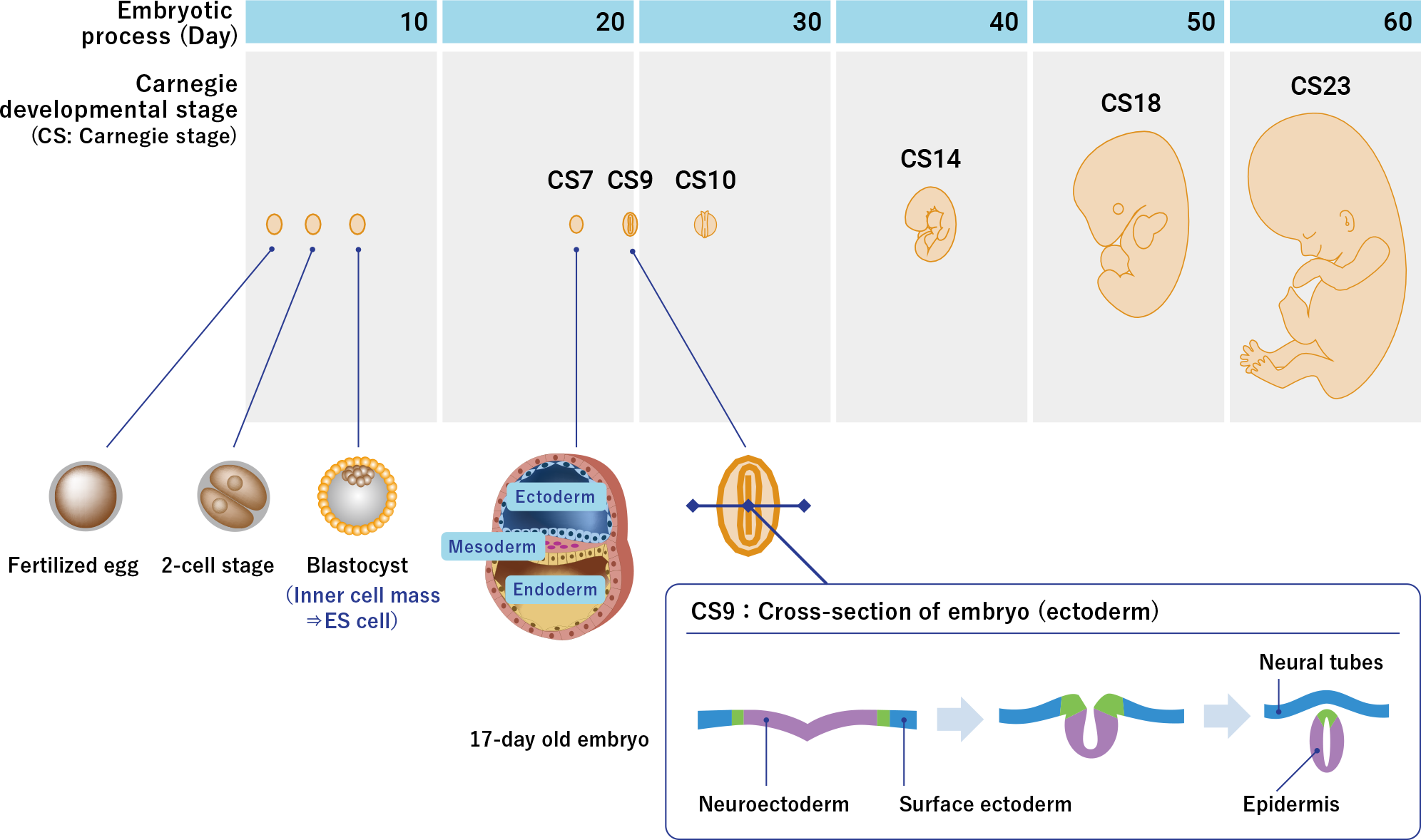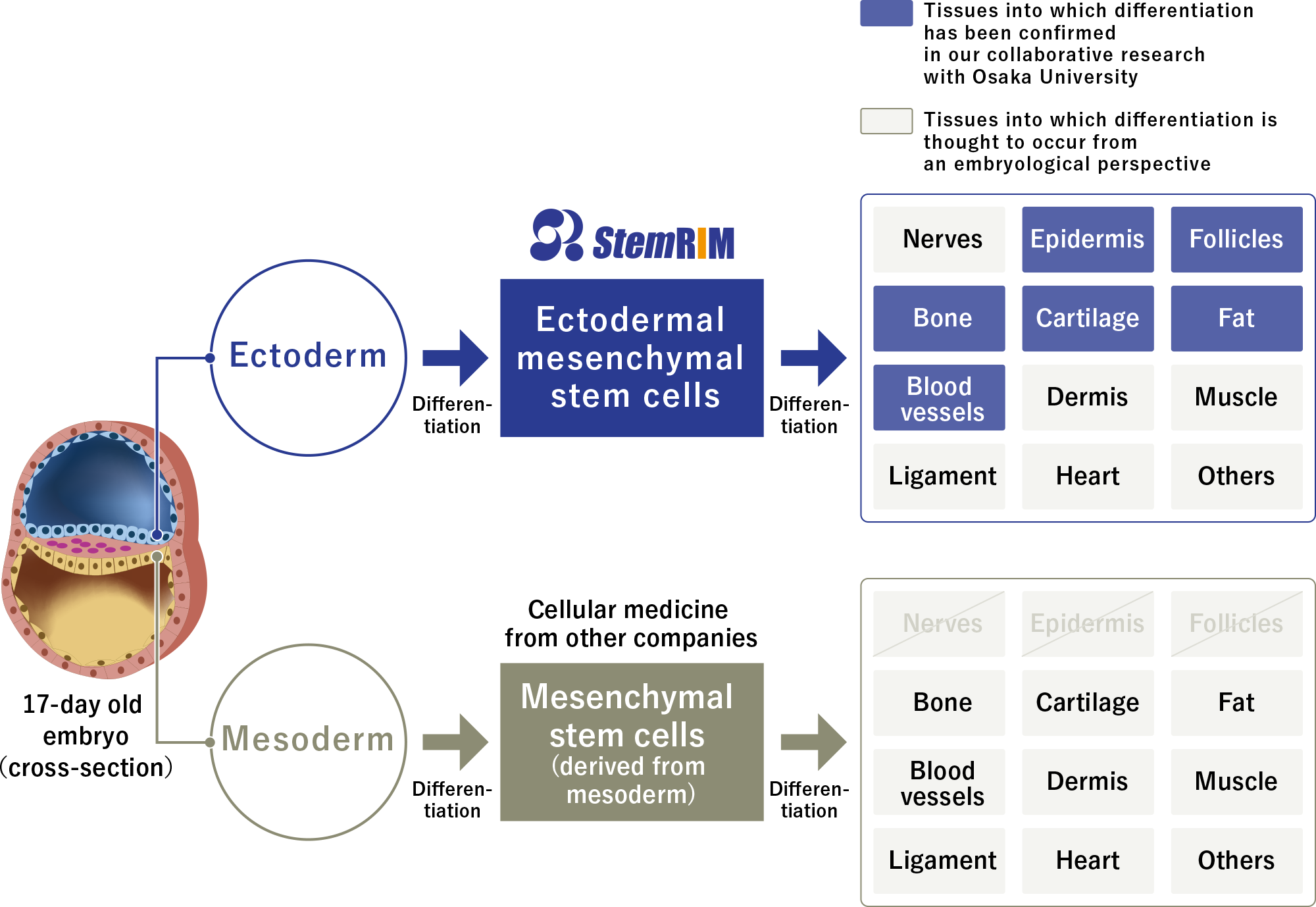“Regeneration-Inducing Medicine™” do not use living cells that are cultured and processed outside the body. Instead, when the medicine is administered, it realizes regenerative therapy by inducing the accumulation of mesenchymal stem cells inside the patient’s own body. This is an unprecedented, unique concept of medicine with superior characteristics that allow it to overcome many of the issues associated with conventional regenerative therapy.
The superiority of “Regeneration-Inducing Medicine™” in cell therapy
| Functions of mesenchymal stem cells | “Regeneration-Inducing Medicine™” |
|---|---|
| Cell migration ability | Since ex vivo culturing is not performed, a high level of cell migration ability is maintained |
| Immunomodulatory ability | Effects similar to that of conventional cell therapy can be expected |
| Trophic ability (growth factor) | Effects similar to that of conventional cell therapy can be expected |
| Ability to regulate fibrosis | Since ex vivo culturing is not performed, a high level of ability to regulate fibrosis is maintained |
| Tissue regeneration ability | Since the mobilized cells are ectodermal mesenchymal stem cells, a high level of pluripotency is maintained, and since ex vivo culturing is not performed, a high level of differentiation ability is maintained |
Stem cells mobilized by “Regeneration-Inducing Medicine™”
The stem cells mobilized from the bone marrow by “Regeneration-Inducing Medicine™” (HMGB1 peptides) are ectodermal mesenchymal stem cells.

Ectodermal mesenchymal stem cells have high pluripotency and differentiation ability to various tissues.

Benefits of “Regeneration-Inducing Medicine™”
| Efficacy | Tissue regeneration | Even large-scale tissue damage can be treated |
|---|---|---|
| Mechanism of action | The body’s innate tissue regeneration ability is used | |
| Indications | There is the potential for the same compound to cover a wide range of indications | |
| Safety | Noninvasive | Since the medicine administered is a compound that mobilizes the patient’s own stem cells, there is no immune rejection |
| Quality | Quality control | Since the drug is a compound, quality-controlled, stable production is possible |
| Other benefits | Cost | Industrial planned production is possible |
| Regulatory affairs | The regulations for general compound drugs apply |
